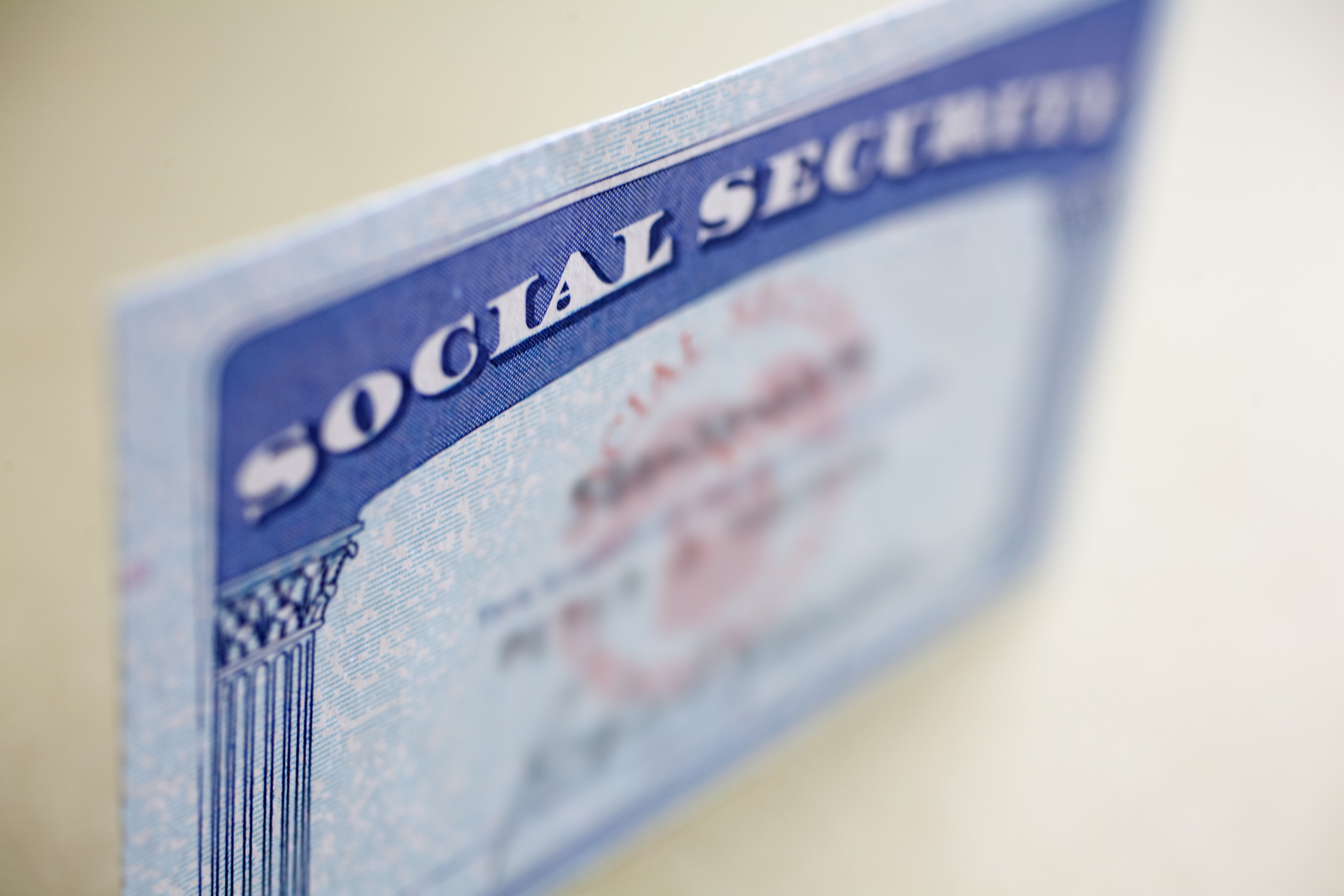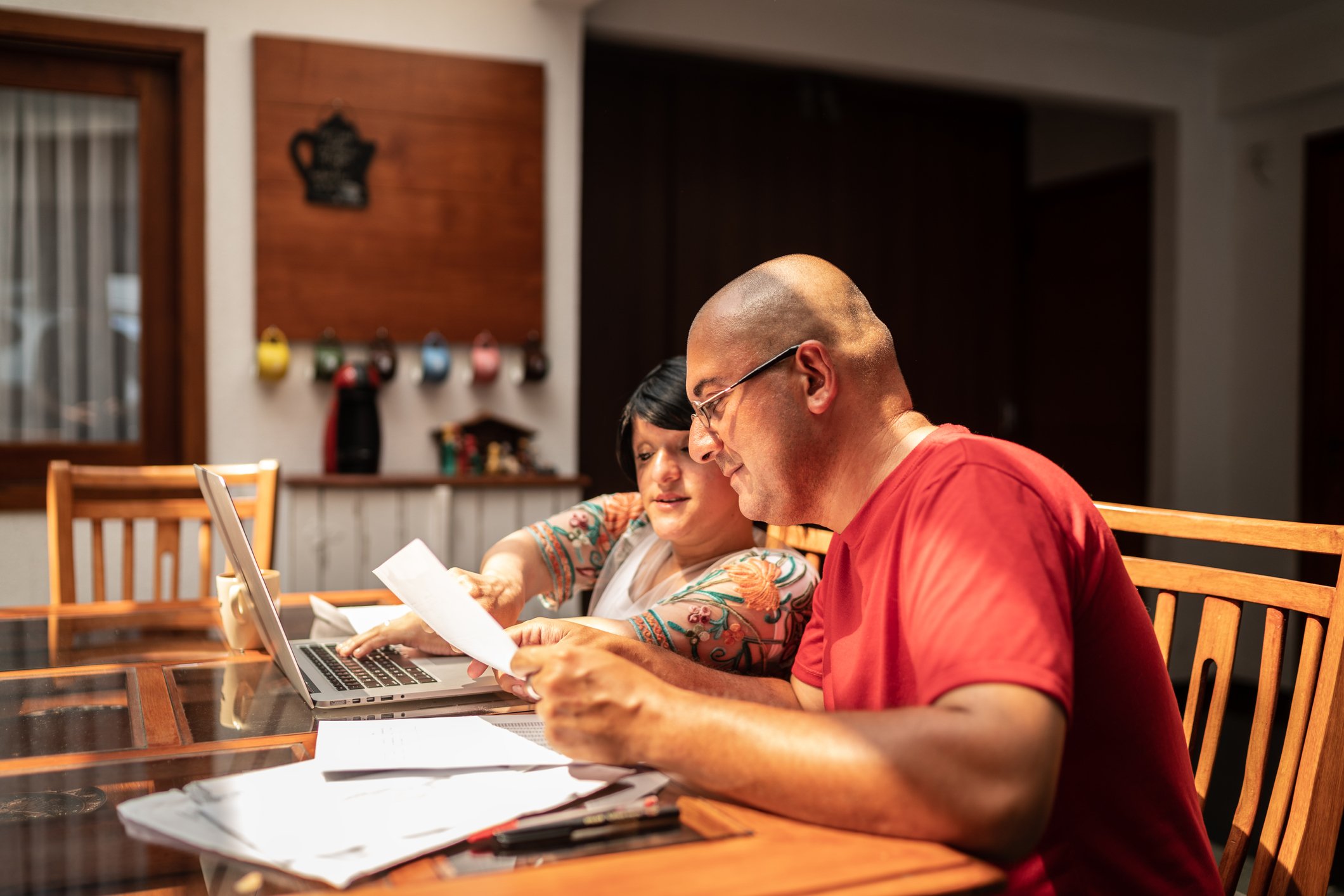If you're retired and don't need the money from your required minimum distributions (RMDs), taking regular RMDs may feel like a burden. However, they don't have to. Properly reinvested, RMDs can:
- Deliver growth: Your annual RMDs may not be voluntary, but there's a silver lining to be found in continued compound growth over time.
- Offer stability: You can create peace of mind by reinvesting the funds in low-volatility or income-generating investments.
- Provide flexibility: Those dreaded RMDs put the decisions in your hands. You can decide on the percentage to reinvest, how much to keep in cash, and how much to allocate for other purposes.

Image source: Getty Images.
Not sure where to get started? Here are 5 ideas:
1. Index funds
Unlike individual stocks, an index fund is a type of mutual fund or exchange-traded fund (ETF) that tracks the performance of a specific market index. For example, an index fund may track the Dow Jones Industrial Average or S&P 500.
One advantage of an index fund is that it invests in a broad range of stocks or bonds, thereby reducing the risk associated with investing in individual securities. In addition, index funds typically carry lower fees than actively managed funds, simply due to the reduced level of management required.
2. Municipal bonds
Often referred to as "munis," municipal bonds are a type of security offered by cities, states, counties, and other government entities to finance public projects. The money is used to fund important projects, including the construction of hospitals, schools, and highways. Considered lower risk than corporate bonds, the interest earned on munis is normally exempt from federal income tax -- and in some cases, state and local taxes.
3. Receive regular distributions with a high-yield bond fund
A high-yield bond fund is another type of mutual fund that reduces risk through diversification. High-yield bonds are often referred to as "junk bonds" because they are issued by companies with lower credit ratings. To offset the risk of default, these bonds offer a higher interest rate. The main goal of investing in a high-yield bond is to generate income through interest payments.
Again, there's a higher risk associated with high-yield bonds, but if you can afford to live without the money, it's a risk that can pay off.
4. Make a qualified charitable distribution (QCD)
If you have a heart for a specific charity (or charities), now may be the perfect time to make a donation. If you're aged 70 ½ or older, you can make tax-free charitable donations to qualified charities. And if you're 73 or older, this donation allows you to satisfy your RMD. Here's how to know if you can make a qualified charitable distribution:
- You're at least 70 ½.
- You're donating to a 501(c)(3) organization without receiving anything in return.
- The entire distribution is made from a traditional, rollover, or inherited IRA. You can only make a QCD from a SEP or SIMPLE IRA if the plans are inactive. Under certain circumstances, you may be able to make a distribution from a Roth IRA.
- The money is transferred directly from your IRA custodian and never passes through your hands.
- The distribution amount does not exceed $108,000 per person (in 2025). For couples, the donation cannot exceed $216,000.
https://www.irs.gov/newsroom/give-more-tax-free-eligible-ira-owners-can-donate-up-to-105000-to-charity-in-2024 Paragraphs 1, 2, 5
5. Plan for market downturns
If you haven't already, it's a good idea to put money into a cash or cash equivalent account; someplace where it's easy to access the funds when needed. Here's why: During a bear market (or other dramatic downturn), you must sell more of assets to come up with the money you want to withdrawal from your retirement account. Let's say your RMD for the year is $20,000, but you're in the middle of a home renovation project and plan to withdraw $40,000 instead. While you must withdraw $20,000 to meet your RMD obligation, the remaining $20,000 is optional.
You have a couple of options:
- Due to the reduced value of assets in your portfolio, sell more than you normally would to come up with the $20,000.
- Take only the RMD amount, and draw the remaining $20,000 from a cash account you have set aside for a situation like this.
By leaving the extra $20,000 in your retirement account, you have the opportunity to purchase more high-quality assets at a discounted price. Better yet, you may be able to watch the value of those newly purchased assets grow as the market recovers.
Knowing that you don't need your RMDs to get by is a gift. In fact, it's a gift that can keep giving when properly reinvested.





